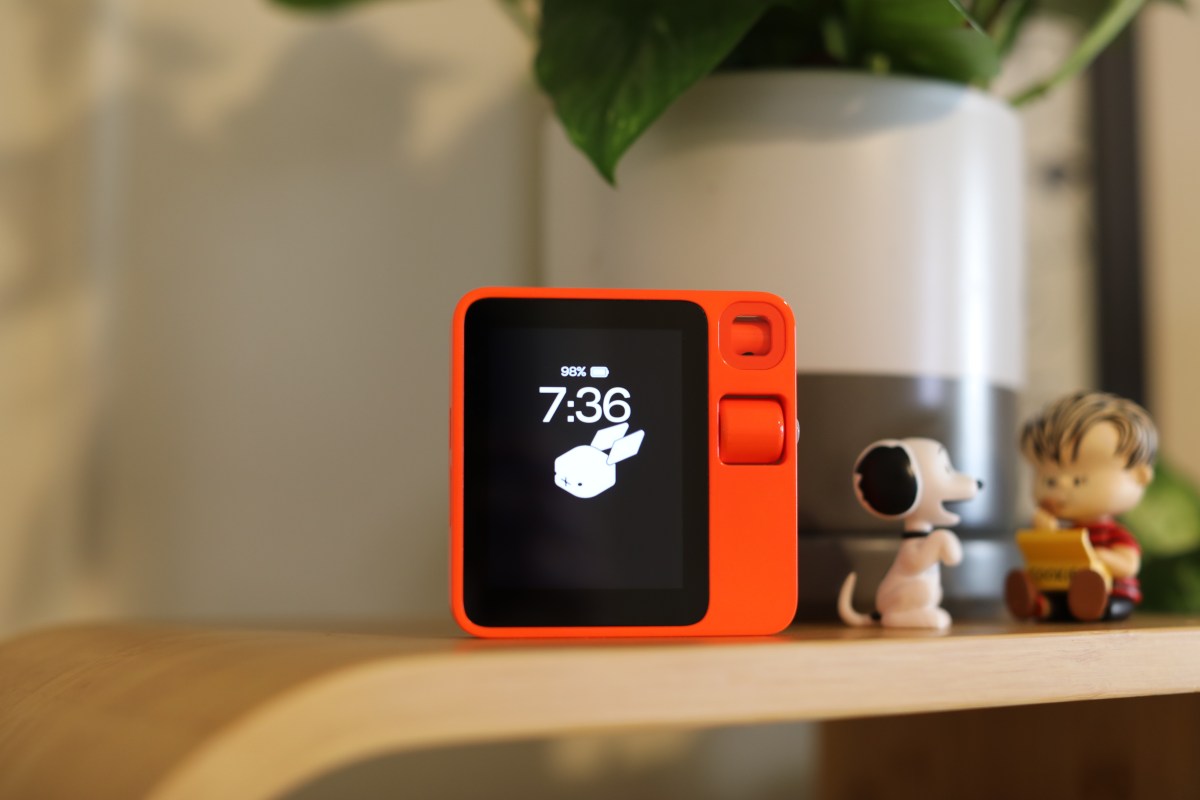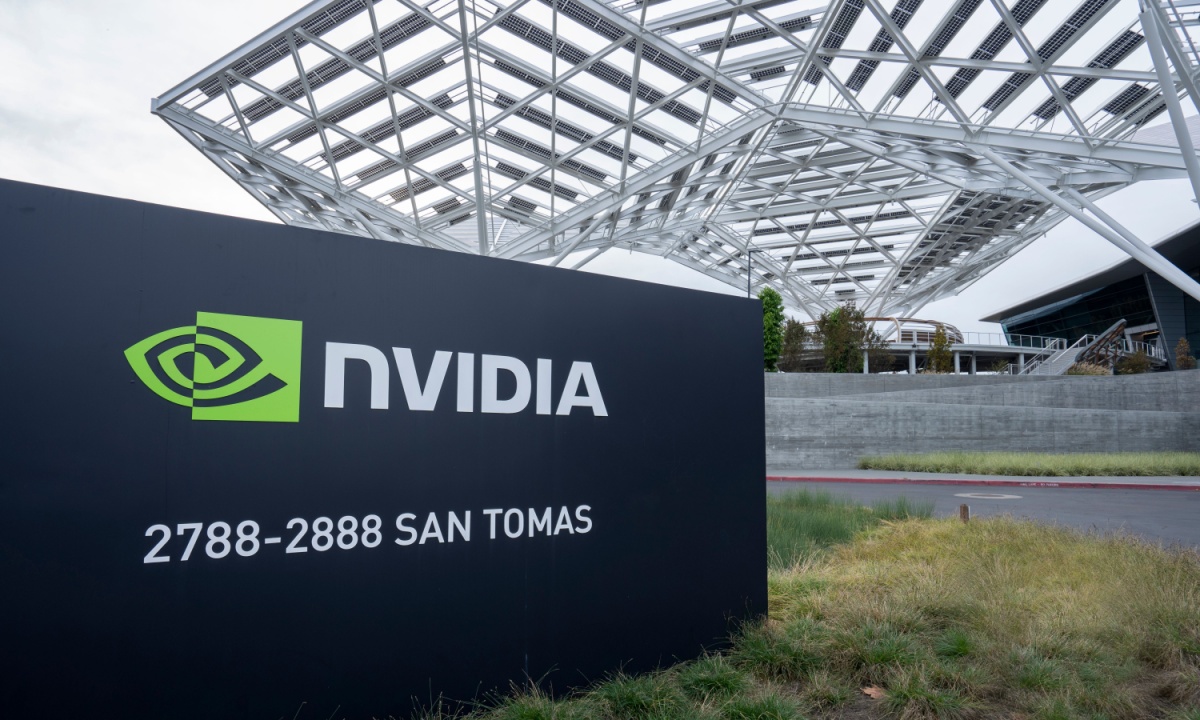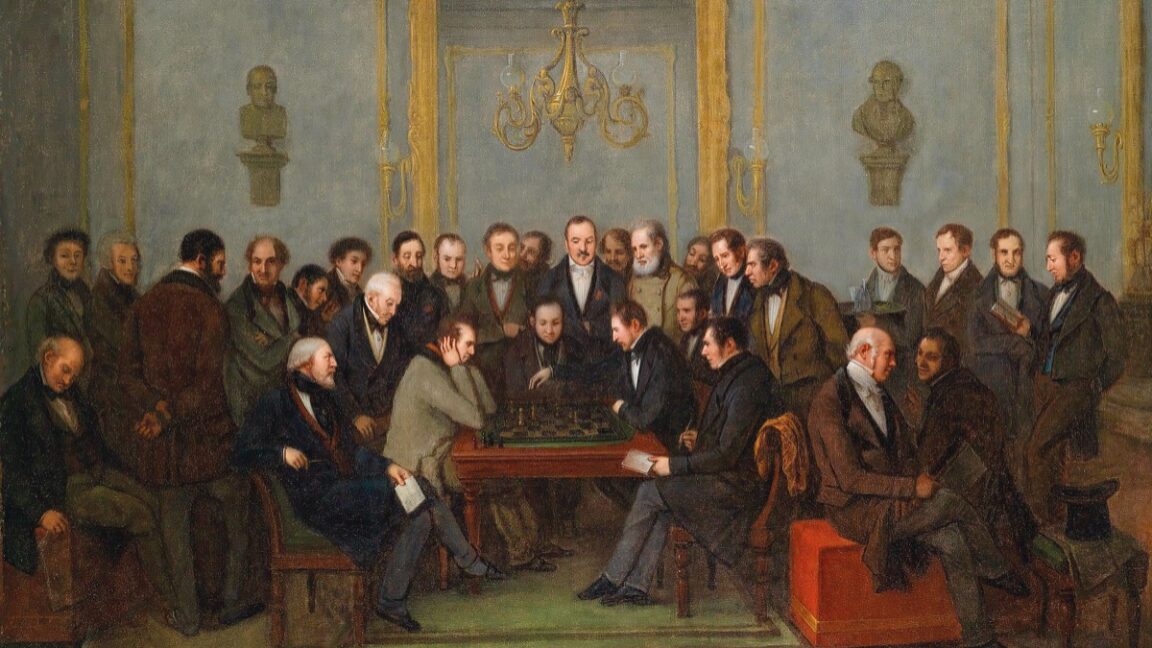
In a dazzling display of technology and nostalgia, the Rabbit R1 launch event set the tech world abuzz, proving that the era of fun and innovative hardware is far from over. Nestled within JFK’s Terminal 5, the TWA Hotel played host to this groundbreaking event, offering a backdrop that harks back to the glamorous days of air travel. The evening was not just a launch but a celebration, marking a significant shift in consumer electronics’ trajectory towards a future where innovation meets playfulness.
Upon arrival, attendees were greeted by a DeLorean emblazoned with Rabbit branding, setting the tone for an evening that blended past and future. Inside, the atmosphere was electric, with tech journalists and excited early adopters mingling, eagerly discussing what the night might unveil. Rabbit’s launch drew people from across the country, including fans who had traveled from as far as Los Angeles, highlighting the anticipation and excitement surrounding the R1’s debut.
Rabbit’s approach, reminiscent of tech giant Humane’s marketing flair, is rooted in creating an unforgettable spectacle. The buzz around Rabbit’s CES 2024 debut was palpable, a sentiment echoed by the company itself. Surprised by the overwhelming response, Rabbit shared that their initial goal of selling 500 devices on launch day was vastly exceeded, marking a 20-fold increase within the first 24 hours.
This launch couldn’t have been timed better, riding the wave of generative AI hype. With major players like Intel and Samsung making their intentions known for AI-infused devices and Apple hinting at big news, the stage was set for Rabbit to make its mark. The R1 stood out not only for its timing but for its distinctive design, thanks to a collaboration with Teenage Engineering that resulted in a product as striking for its looks as its functionality.
One of the evening’s highlights was the attention to product design — a shared focus between Rabbit and Humane. While the Ai Pin and R1 diverge in form factors, both are testaments to the enduring value of industrial design in the tech world. The R1, with its modest 2.88-inch display, is designed for interaction predominantly via voice, supplemented by analog controls. This design philosophy underscores a crucial challenge in AI device development: creating a niche outside the smartphone’s domain.
Despite minimal screen interactions, the R1 offers compelling functionalities such as voice recordings and bidirectional translations. It can connect to various services including Spotify, Uber, and DoorDash, broadening its utility. Initial tests of its AI vision feature yielded mixed results, reflecting the nascent stage of this technology. However, such devices are designed to improve with use, suggesting that the R1’s capabilities will only enhance over time.
The Rabbit R1 launch was not just about unveiling a new product; it was about signaling a shift in consumer electronics towards devices that blend design, functionality, and a bit of whimsy. As the night concluded, it was clear that Rabbit had not only introduced a compelling new device but also reignited a sense of wonder and excitement in the tech industry. The R1, with its accessible price point and lack of a monthly service fee, stands as a strong contender in the evolving landscape of AI devices, hinting at a future where technology seamlessly integrates into our lives, offering both utility and joy.
Source






